All about pruning plums in spring

Pruning plums is an important part of good fruit tree care, but many find it overwhelming. In fact, when the gardener got acquainted with the basic rules, managed to study the available schemes, everything becomes clear and understandable.
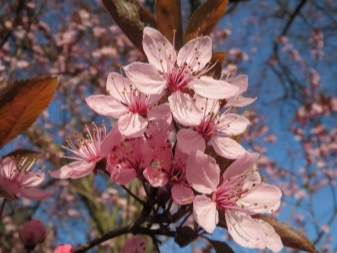
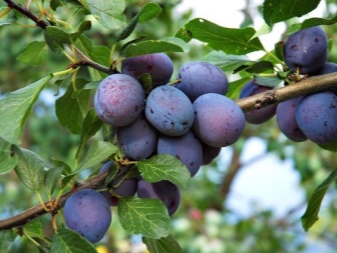
The need for a procedure
There are many reasons why pruning plums in the spring is necessary. Their relevance will depend on factors such as the age of the tree and the time of year. Spring pruning stimulates new growth, and this is its main task. Opening the crown of a tree and limiting its size by removing unnecessary branches has many positive aspects:
- pruning promotes good air circulation, which reduces the likelihood of disease;
- removing dead, damaged or diseased shoots also minimizes the likelihood of infection;
- fruits receive more sunlight, which helps them grow larger and tastier;
- increased sunlight promotes the emergence of new branches;
- It is easier for the gardener to get to the plum during harvesting, since the crown acquires a compact shape after pruning and there are no transverse branches that interfere with reaching the fruits.
The thinning of the crown is extremely important for old trees; it is carried out also for young specimens. In addition to stimulating new growth, young trees get a beautiful decorative crown through pruning.
When the plum is young, the grower should pay more attention to this procedure in order to create the correct skeleton.

Timing
Pruning time depends on the growing location and weather conditions. In the Moscow region and the Leningrad region, the procedure is advised to be carried out no earlier than in April. Young trees that are in the process of formation should be subjected to the procedure only once a year - in early spring. Ripe plums, which have already been shaped, are pruned in spring and mid-summer. Pruning should be light, except in those rare cases where you need to remove one of the main branches of the tree.
There are specific reasons why the procedure is required on young trees in early spring: it stimulates the formation of new shoots at the beginning of the growing season, which gives them a chance to grow strong. Before the cold weather, the wounds inflicted by the gardener should heal. In the next season, the tree will start to grow actively in the spring. The earliest pruning of a plum tree is usually done in the nursery. When a seedling is brought home, it only needs to be planted.
It is the plums that are most likely to get infected with a fungal infection after the procedure. This is why you will need to spray disinfectant on the cut when pruning.

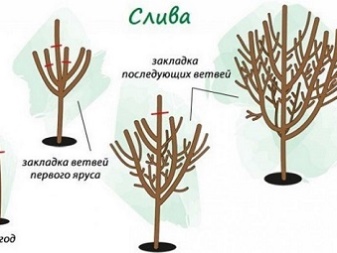
Instrument preparation
From the inventory, the gardener will need the following.
- Pruner. It is necessary to remove small shoots.
- Lopper. This unit is convenient for removing thicker branches.
- Saw. With its help, you can remove thick shoots that are skeletal.
- Ladder. It helps to get to those branches that are at the very top.
All inventory must be disinfected. The simplest remedy is a solution of regular bleach. You can use potassium permanganate. If it is necessary to switch from one drain to another, then each time the entire instrument is disinfected. In addition, you will definitely need a garden pitch. It heals wounds and cut sites.
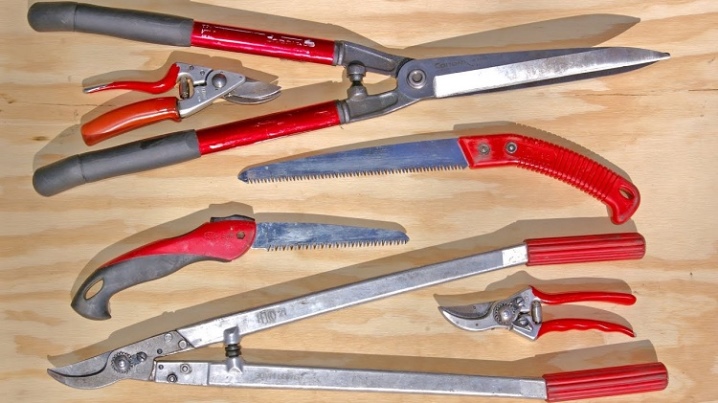
Views
There are several types of pruning plums in the spring.Each has its own task, so you cannot use all of them at once, otherwise the tree will simply not survive the new season. Pruning must be done correctly.
Sanitary
Trees can be trimmed for sanitary purposes. If the work is carried out in the spring, then it is best to remove the branches before the buds have blossomed. Dead, weak and diseased shoots are removed. The tree is cleaned as much as possible from branches that have become infected with the fungus.
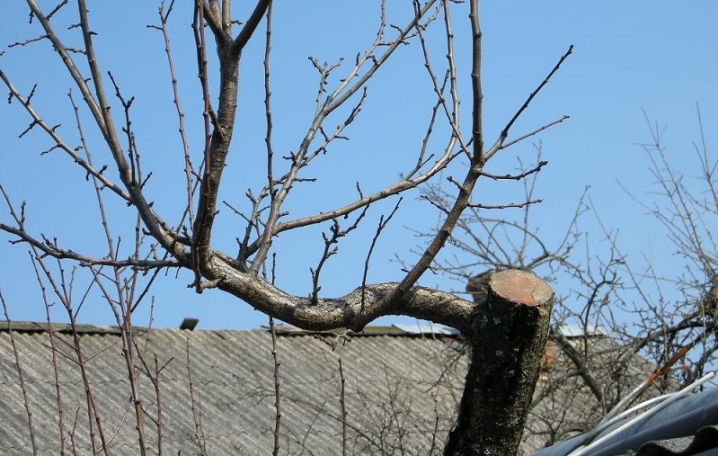
Thinning
This method is necessary when there is a large thickening of the crown of the tree. It is worth deleting branches that:
- show abnormal growth;
- grow inside the crown;
- overlap;
- directed vertically upward (tops).
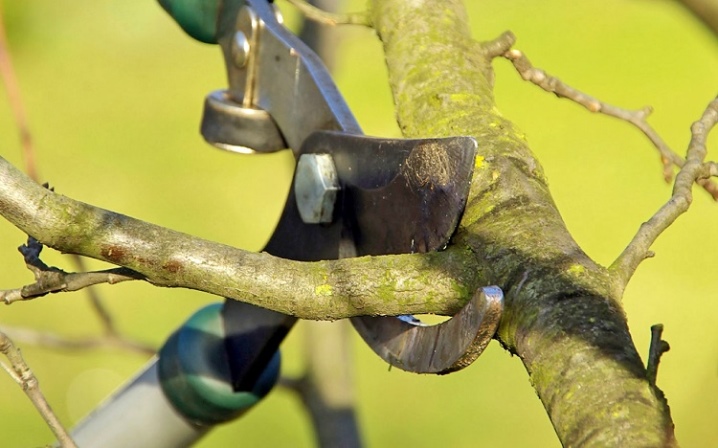
Formative
The formation of a crown on a plum is one of the important parts of gardening. Each spring, the gardener has three different pruning jobs to do:
- remove all but the strongest shoots;
- shorten these shoots;
- determine the leader, that is, the main trunk.
After planting the seedling, you need to determine which four of its shoots are at a level of about 30-40 cm from the ground. These are the ones that need to be left, trimming the rest almost to the very trunk. The correct shoots for crown formation can be determined as follows:
- they are directed upward from the trunk at an angle of approximately 45 degrees;
- they are well formed and do not get sick;
- they are located approximately at an equal distance from each other in the horizontal plane;
- even in the vertical plane, these branches should not be located too close to each other: provide 5 to 10 cm of space between them.
Together, the shoots form a frame because they are the primary branches. They form a sphere around the trunk. Reduce the length of each of the four shoots by about 50% (but make sure you have at least a couple of buds left). Cut directly over the top bud, which will remain on the branch. Reduce the height of the leader to 50 cm by cutting just above the bud. From there, a new trunk will appear next season. The procedure will be similar next spring. The idea is to create a second curl of shoots, located about 30 cm above the topmost branch of the first circle of the crown.
Again, reduce the height of the leader by 30-60 cm, making a cut just above the kidney. In addition, the process of selecting branches for the future framework is repeated using the same criteria as the first time. The only difference is that the grower will need to make sure that this second set is positioned so that none of the four shoots grows directly above the frame shoot from the first set. Cut off the shoots in the first circle of the crown again by half, and also shorten the branches of the second row. Since the latter are younger, they should be shorter. The result is the shape of a Christmas tree.
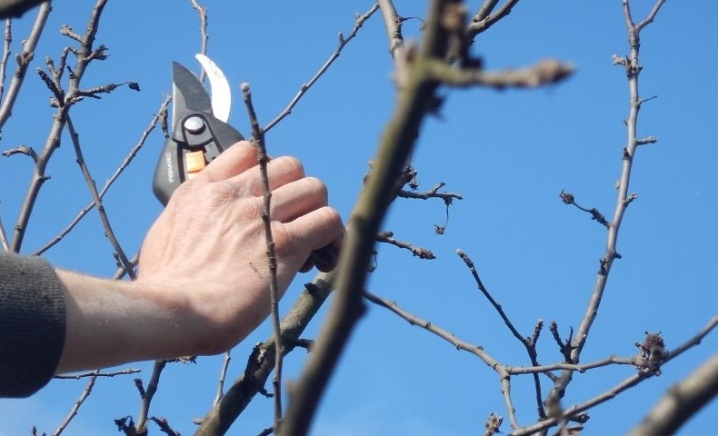
Rejuvenating
The time comes when the plum needs to be rejuvenated. For this, there is also cropping. Thanks to it, the tree will be able to give the previous rich harvest, and the quality of the fruits will significantly improve. Rejuvenation is performed after 10 years of age. From this point on, cropping becomes more subjective. Once the plum tree reaches the desired height, the central shoot is cut. All old and diseased branches are removed. This is the most radical pruning of plums, when you want to cut off most of the shoots of the past.
Watch out for spurs. Spurs are clusters of (mostly) flower buds on short, gnarled branches protruding from older shoots. If they are more than one year old, they will have fruit on them, so you need to make sure that the grower does not prune them by mistake.
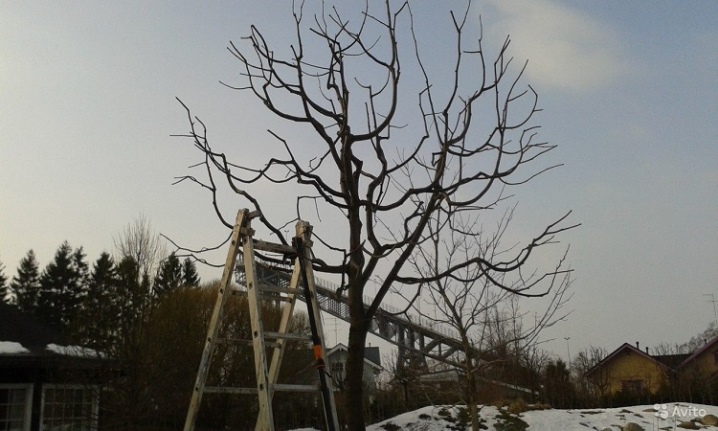
How to prune different plums correctly?
For beginner gardeners, there are schemes for pruning plum trees. Pruning a seedling will be different than trimming a mature or neglected tree.

Annuals
A young plum in spring gives a lot of branches, but until it has formed a crown, there is still nothing special to cut. The processing scheme for a fruit tree of this type is as follows:
- there should not be a single branch on the trunk at a height of 50 cm from the ground;
- cut off the central shoot where there is a good bud;
- all remaining branches are made half as short.
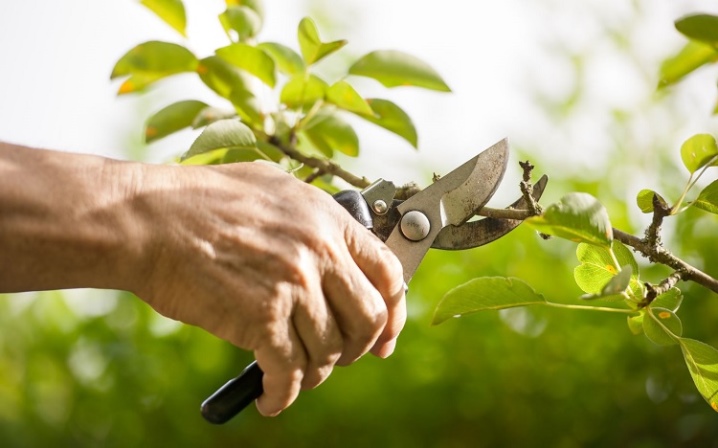
Biennial
With the arrival of spring, it will be necessary to prune and two-year-old plums. Any work on the removal of shoots begins before the sap flow. It is worth working according to the following scheme:
- the stem is shortened by the kidney (it is imperative that it is on the other side of last year's);
- branches 60 cm long are shortened by a third;
- all branches that grow inward at an acute angle are cut completely.
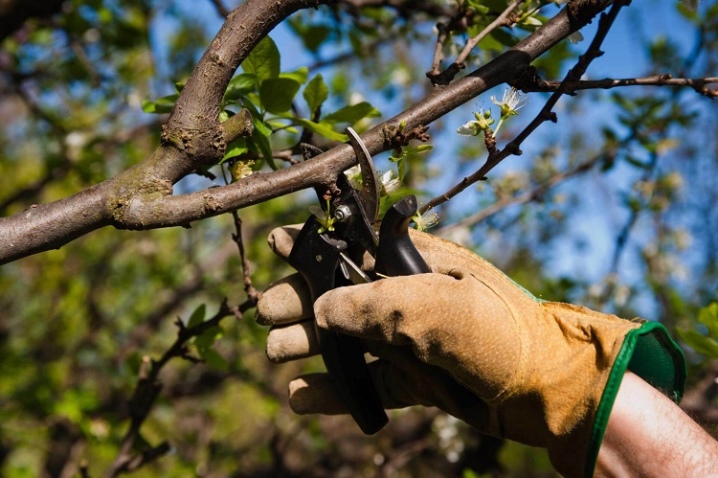
Three-year
Plums at 3 years old are also pruned in early spring. The central trunk is removed to the kidney, all the shoots on the sides are cut by 20 cm and the intersecting specimens are removed. When the tree has reached a height of 3 meters, the work of forming its crown ends. The central shoot is transferred to the side branch. In another two years, the crown will be fully formed.
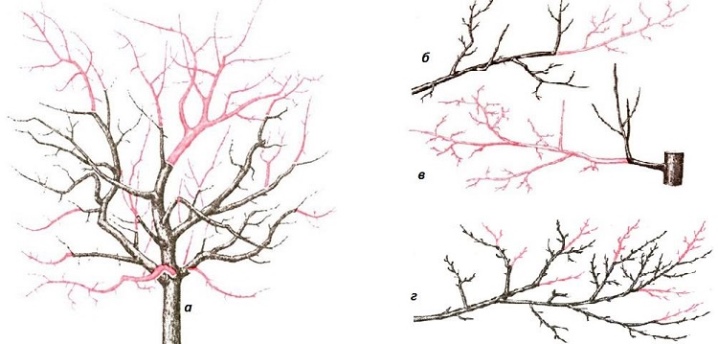
Old
Old plums need to be domesticated. This concept is understood to mean the removal of all shoots that are considered superfluous. Skeletal shoots are also subject to pruning. Skeletal branches must be removed all the way to the top.
Too old plums do not rejuvenate, they are removed from the site completely and a new tree is planted.
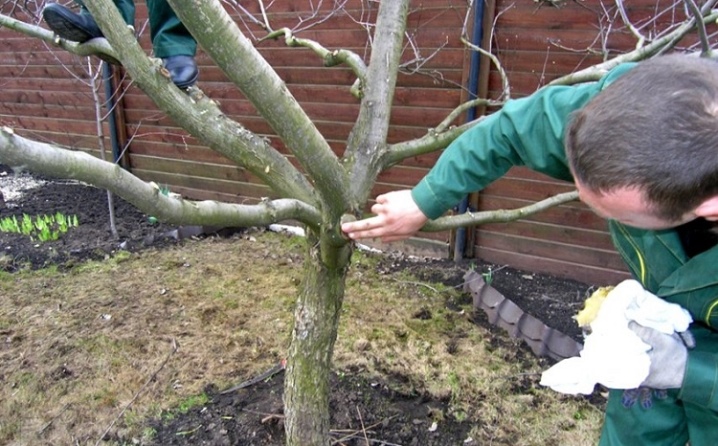
Columnar
The popularity of this pear variety is due to the small size of the trees. In columnar plums, the crown is not made, therefore shaping is not required. Dry, diseased and broken branches are removed. The main shoot should be pruned only if the plum no longer grows, and the tree has not reached the required height.
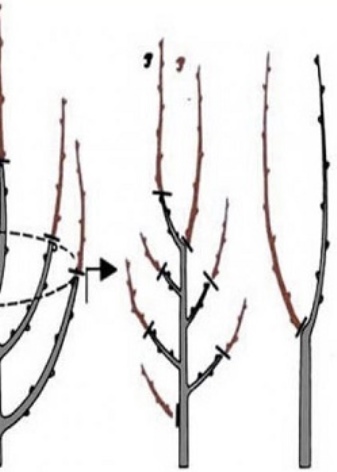
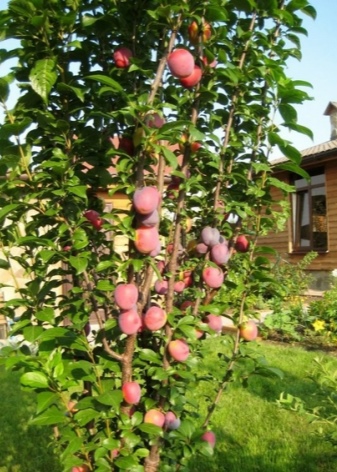
Follow-up care
The amount and frequency of watering plum trees depend on the weather. Regular watering is provided in the hot summer months; in the fall, the amount of water introduced into the ground is reduced. If plums are left without water for a long time, their leaves curl and turn brown. Watering young trees is especially important during the first and second seasons, but be careful not to flood the roots or rot will develop. Fruit trees respond well to deep watering when the soil gets wet up to 40 cm. To do this, you can simply put a hose next to it and leave it there for an hour.
Ripe plums are drought tolerant, but they will need sufficient water during fruiting. Only then can you get a good harvest and healthy fruits. After watering, it is advisable to mulch the soil, especially if the tree is planted in the southern region of the country. Mulch helps retain moisture and prevents weeds from growing, which, in turn, consume a lot of nutrients from the soil. Also, growing fruit requires energy from trees, so make sure plums get enough nutrients from water and sunlight. Complex type water-soluble fertilizer is often used. It can be applied with a sprayer, spraying on the soil around the trees.
Trees can be fed with organic or inorganic fertilizers. Avoid using products with a high nitrogen content (first number). Organic food and composts are usually chemical-free, so they are healthier. Although nitrogen is an essential nutrient for plants, plum trees and most other fruit crops react sharply to excess nitrogen in the soil. Nitrogen redirects energy from fruit production to foliage and shoots. If there is too much of this substance in the soil, plums can fall prematurely to the ground, not having time to fully ripen. Feed plum trees as soon as new leaves appear in early spring.
If you decide to use inorganic fertilizer, then the base one comes with the formula 10-10-10 or 8-8-8. The size of the tree will determine the amount to be applied. Alternatively, you can use a layer of organic compost (composted cow dung).
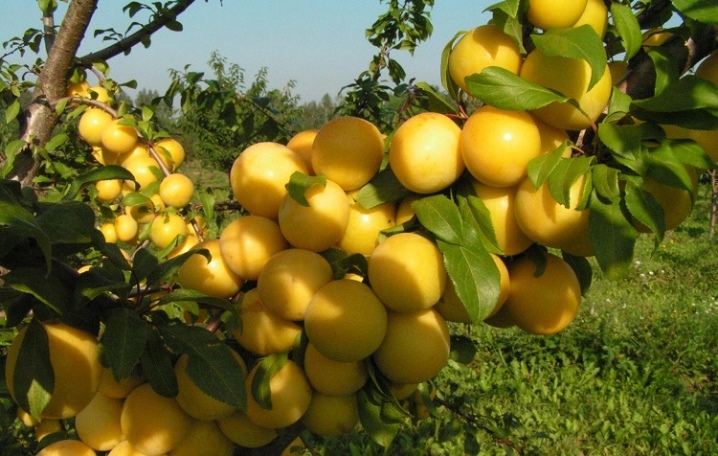













The comment was sent successfully.